Amaryllis Forcing Indoors: How To Force Amaryllis Bulbs In Soil
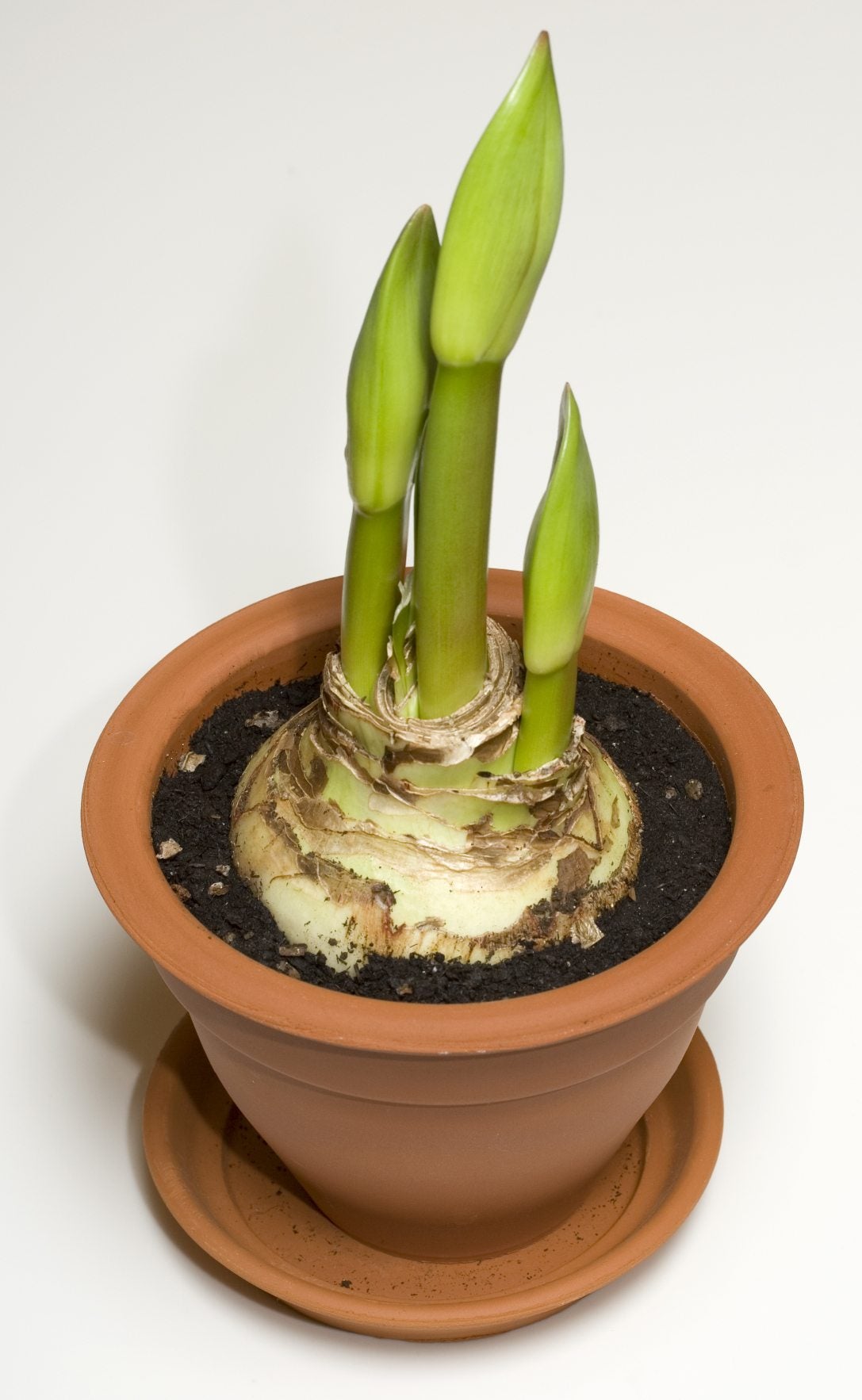

Patience is a virtue it is said. That is one virtue some of us lack when it comes to growing amaryllis flowers. Fortunately, we can trick the bulbs into thinking it is time to flower. There are some schools of thought that say forcing amaryllis bulbs in soil versus water is the best method. Here are some tips on amaryllis care that will force the bulbs to bloom in soil - a successful project that will brighten your home and your mood.
How to Force Amaryllis Bulbs in Soil
Purchased forced bulbs allow you to enjoy flowers earlier than they are produced in nature. This jump-start on spring can brighten the dark spaces in the winter home. Amaryllis forcing indoors is easy and allows you to watch the tall stems grow right before your eyes. Take a do-it-yourself approach and try amaryllis bulb forcing. Kits are available readily or you can force the previous season's bulb, provided you kept it in a dry location. The first step is to make sure you have healthy bulbs. Choose large bulbs without blemishes or mold. If you stored them from the previous year and they got moist, rot may have set in, and these should be discarded. Forcing amaryllis bulbs in the soil is best since it minimizes the chances of any rot forming on the bulb. Some people force amaryllis in water, but if your home is humid or the bulb is too low in the water, fungal damage can occur. The next step is choosing the proper container. The bulbs don't need a large pot in spite of their massive blooms and tall stems. Pick one that drains well and is about 1 or 2 inches (2.5-5 cm.) wider than the diameter of the bulb. Planting the bulb at the proper depth comes next. Fill the bottom of the pot with a couple of inches (5 cm.) of soil. Situate the bulb about midway in the container and fill up to the top with soil. The top third of the bulb should be sticking out of the soil when you are finished. Push in bamboo or another type of stake just to the side of the bulb. This will help support those leggy leaves and stem when the growth becomes tall. Water the soil well, ensuring excess moisture is draining from the bottom. A key to amaryllis forcing indoors is temperature. The best, most rapid growth will occur if the container is in a room that is at least 70 degrees F. (21 C.). Do not water the container again until you see green growth. Provide bright, indirect light and evenly moist (not soggy) soil once the leaves have begun to appear.
Amaryllis Bulb Forcing Care
It might seem that faster growth would occur with a little plant food but hold your horses. Wait until you see green. It can take anywhere from two to eight weeks for growth to appear. You can try to stimulate the bulb by placing it on a warming mat. Then fertilize with a diluted (by half) water-soluble food every two to three weeks. Rotate the pot every few days as growth continues to keep the stalk straight. Depending upon the variety of amaryllis, blooming should take place six to eight weeks after potting. Once the flowers appear, move the plant to a location with indirect light to prolong the blooms. Amaryllis bulb forcing in soil is one of those no-brainers once you have a few tricks up your sleeve. In no time you will be face to face with one of the most brilliant flowers available.
Gardening tips, videos, info and more delivered right to your inbox!
Sign up for the Gardening Know How newsletter today and receive a free copy of our e-book "How to Grow Delicious Tomatoes".

Bonnie Grant is a professional landscaper with a Certification in Urban Gardening. She has been gardening and writing for 15 years. A former professional chef, she has a passion for edible landscaping.
-
 Looking For Plants To Give You The Soft And Fuzzies? Try These 5 Fuzzy Leaf Plant Options
Looking For Plants To Give You The Soft And Fuzzies? Try These 5 Fuzzy Leaf Plant OptionsLovers of texture, drama, silver foliage and tactile plants will adore these special sensory garden additions. These fuzzy leaf plant options will leave you all aglow
By Susan Albert
-
 Get Ready For A Summer Of Hummers! Grow These Full Sun Hummingbird Plants and Flowers
Get Ready For A Summer Of Hummers! Grow These Full Sun Hummingbird Plants and FlowersIf you’re lucky enough to enjoy a sunny backyard, make sure you are maxing out on your pollinator opportunities and grow these full sun hummingbird plants and flowers
By Tonya Barnett
-
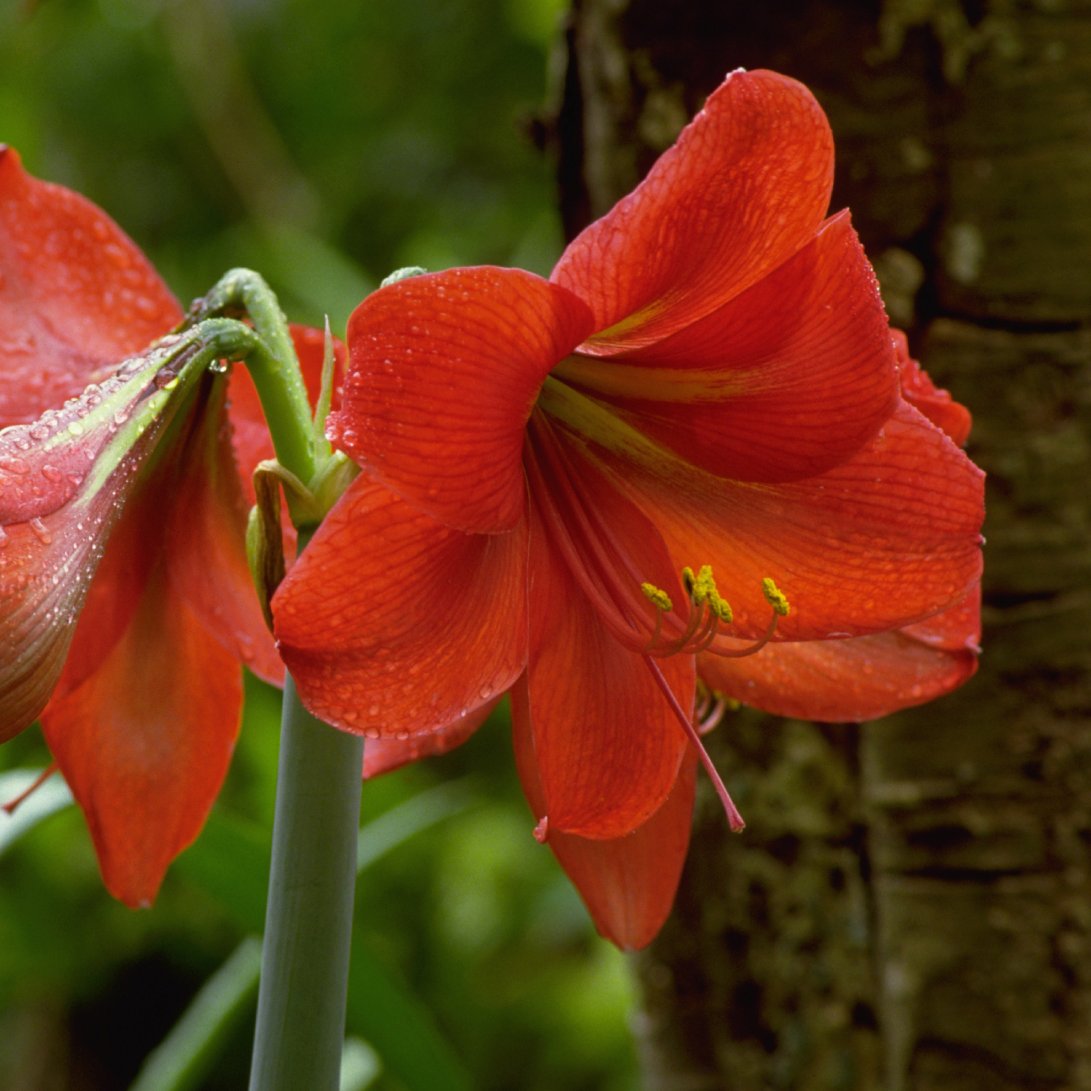 Amaryllis Southern Blight Disease: Recognizing Amaryllis Southern Blight Symptoms
Amaryllis Southern Blight Disease: Recognizing Amaryllis Southern Blight SymptomsBy Mary Ellen Ellis
-
 Amaryllis Has Leaf Scorch – Controlling Red Blotch Of Amaryllis Plants
Amaryllis Has Leaf Scorch – Controlling Red Blotch Of Amaryllis PlantsBy Tonya Barnett
-
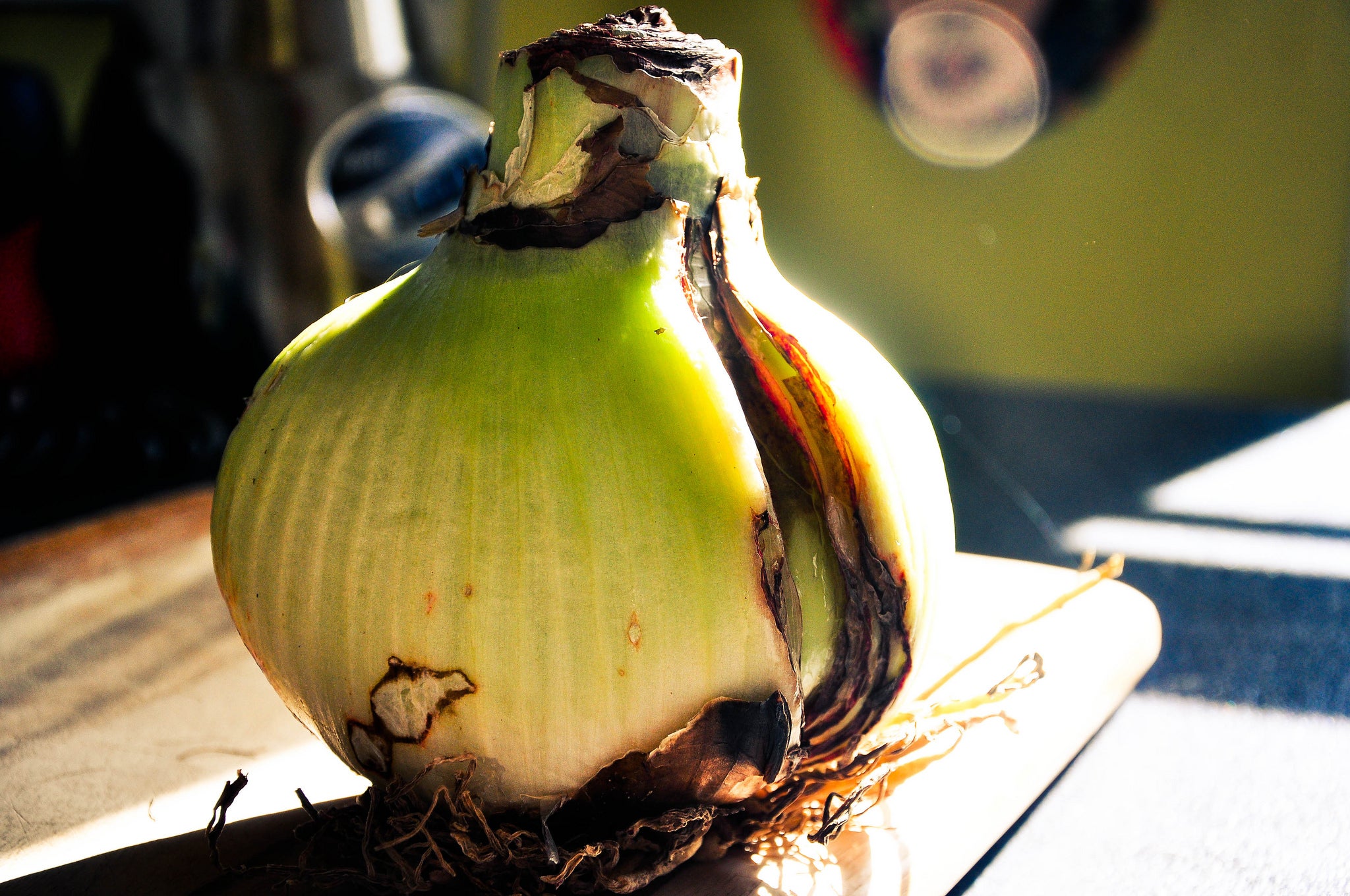 Amaryllis Bulb Rot – What Causes Rotten Amaryllis Bulbs
Amaryllis Bulb Rot – What Causes Rotten Amaryllis BulbsLike many potted plants, diseases and issues related to fungal infections can be detrimental to the development of the plant and may even cause it to die before it is able to bloom. Amaryllis bulb rot is one such issue. Learn more about this problem in the following article.
By Tonya Barnett
-
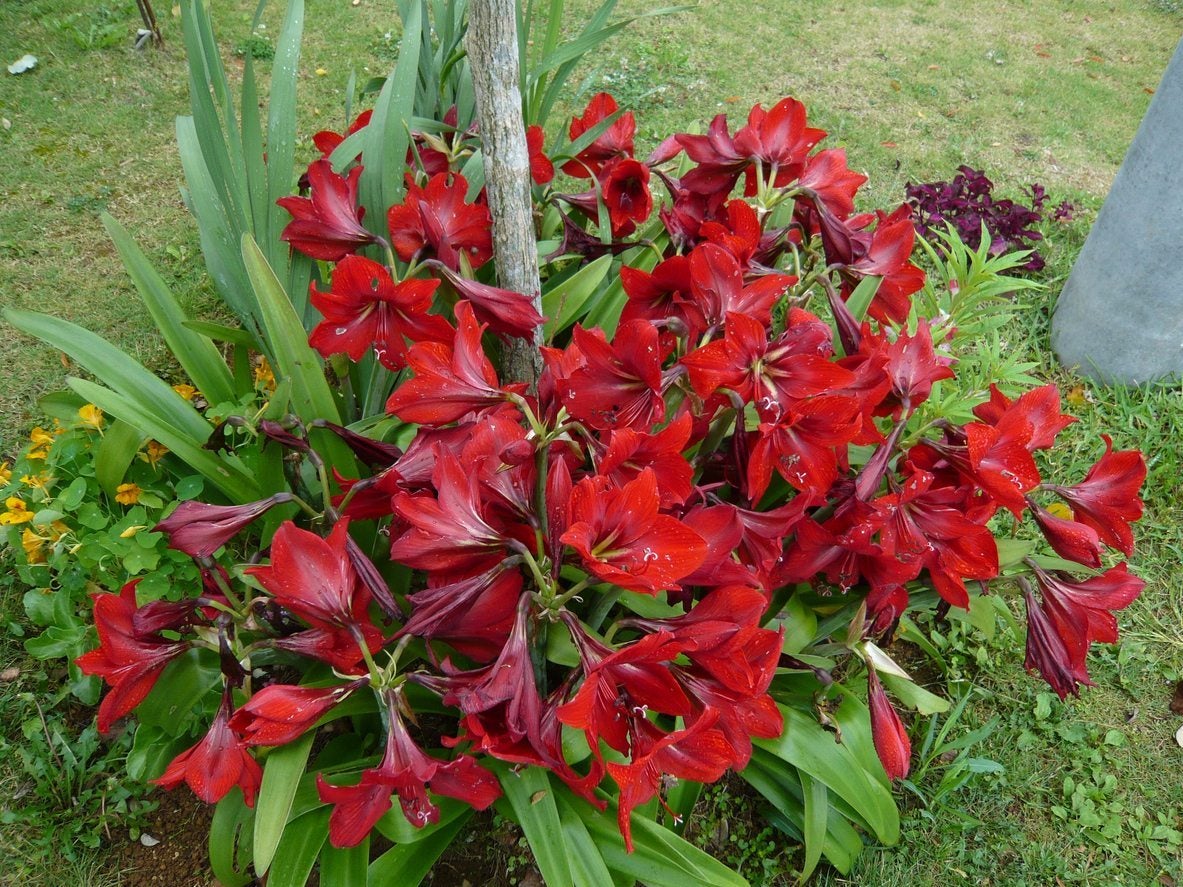 Separating Amaryllis Plants: How To Divide Amaryllis Bulbs In The Garden
Separating Amaryllis Plants: How To Divide Amaryllis Bulbs In The GardenLike many bulbs, in time and with the right environmental conditions, outdoor amaryllis bulbs will reproduce and naturalize. Amaryllis plant division is not only a way to control amaryllis colonies, but it also keeps plants healthy. Click here to learn more.
By Darcy Larum
-
 Complete Guide To Repotting Amaryllis – For Better Blooms & A Healthier Plant
Complete Guide To Repotting Amaryllis – For Better Blooms & A Healthier PlantAmaryllis plants don't need a lot of elbow room, but they do have to be repotted every 3-5 years. Wait until they're dormant and pick a slightly bigger pot.
By Teo Spengler
-
 Amaryllis Seed Propagation: How To Plant An Amaryllis Seed
Amaryllis Seed Propagation: How To Plant An Amaryllis SeedIf you have some patience, you can produce and germinate your own amaryllis seed pods. Learn more about amaryllis seed propagation and how to plant an amaryllis seed in the article that follows. Click here for more information.
By Liz Baessler
-
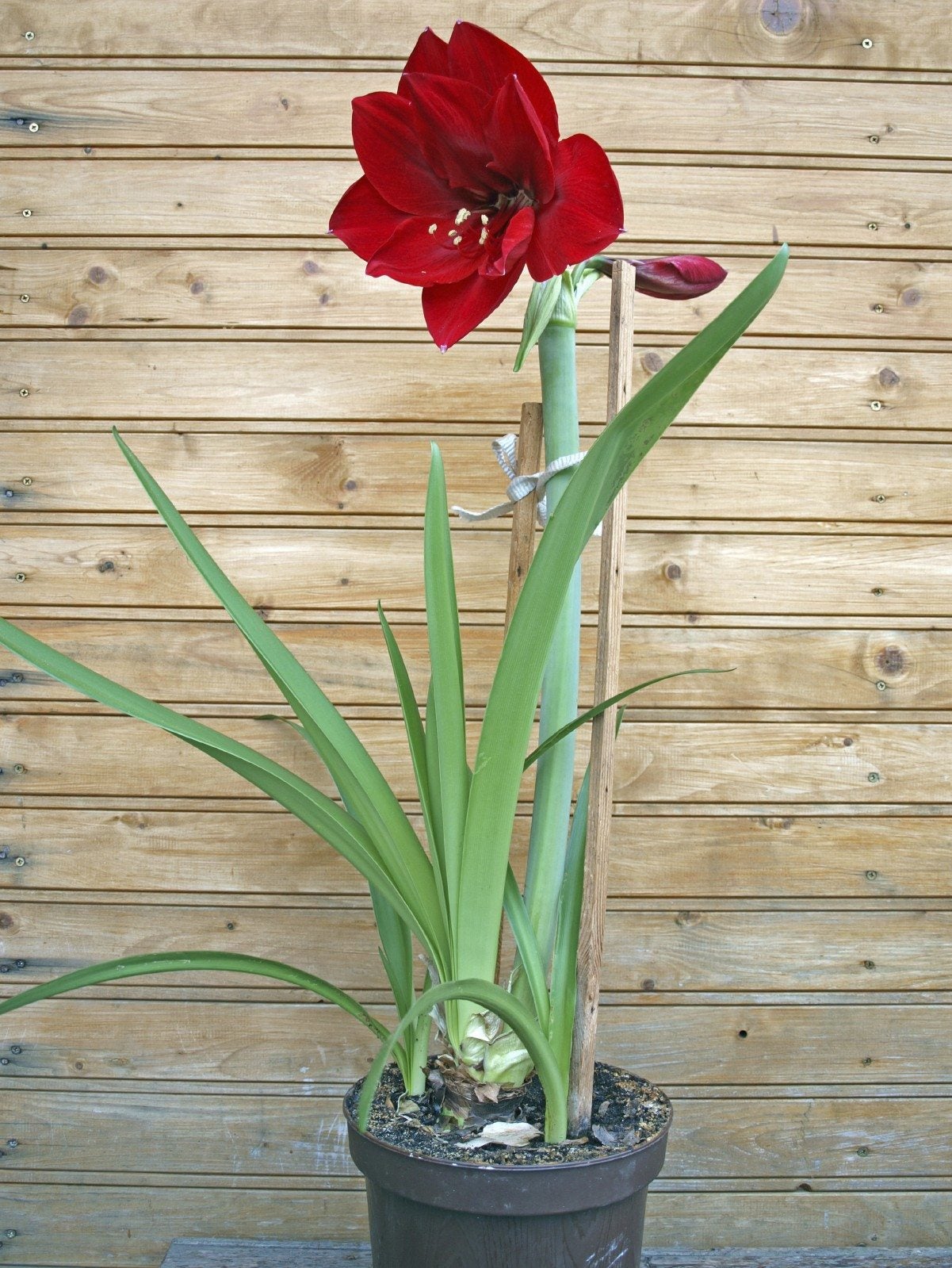 Staking An Amaryllis: Types Of Amaryllis Support Stakes
Staking An Amaryllis: Types Of Amaryllis Support StakesThe tall amaryllis stalks grow from bulbs, and each stalk bears four huge blooms. If your blooming plant gets top-heavy, you might need to learn about staking an amaryllis. Click this article for information about what to use for amaryllis plant support.
By Teo Spengler
-
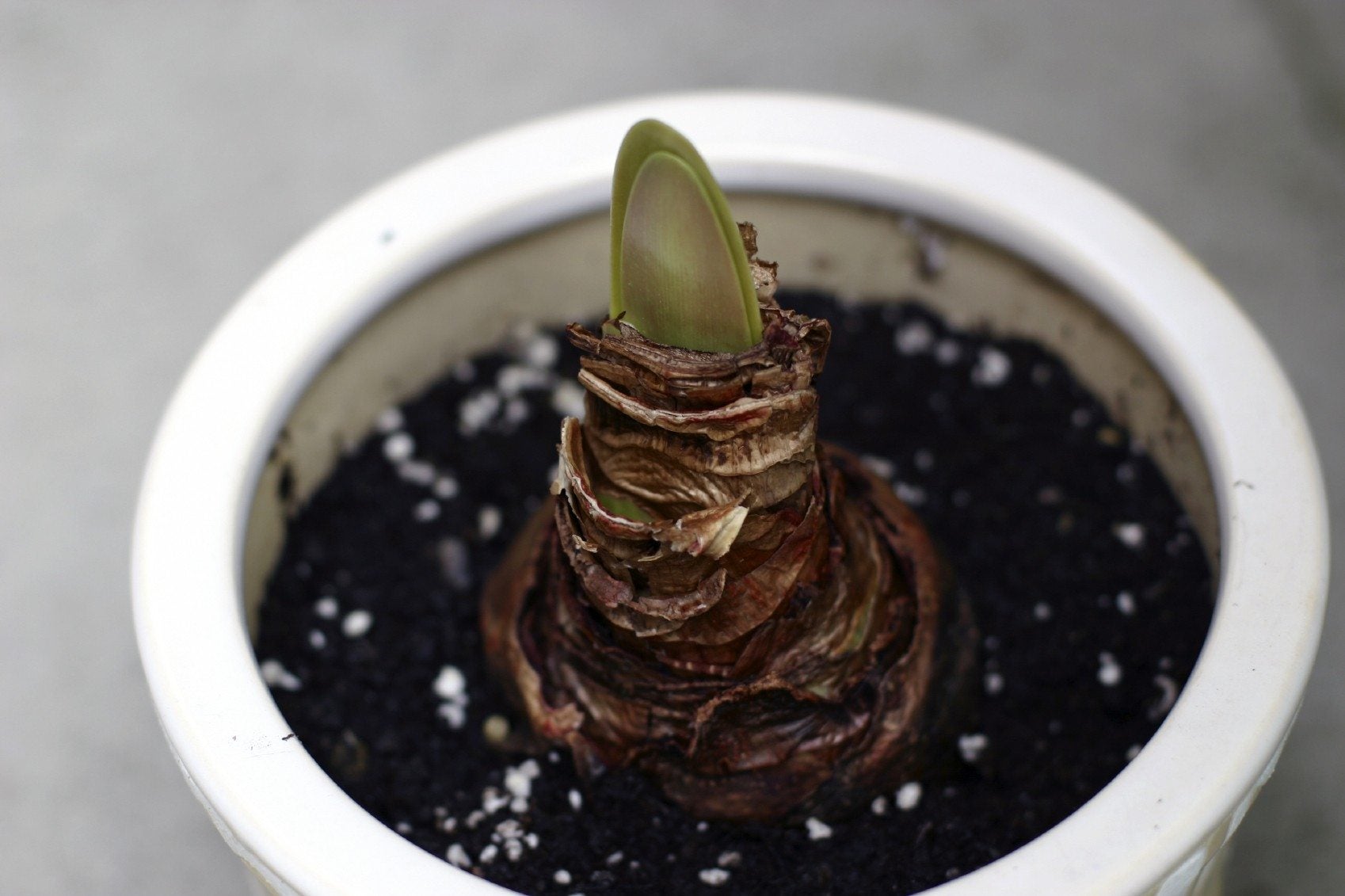 Soil For Amaryllis Plants – What Kind Of Soil Does Amaryllis Need
Soil For Amaryllis Plants – What Kind Of Soil Does Amaryllis NeedBecause it blooms in winter or early spring, amaryllis is almost always kept in a pot indoors, so you have more say in the kind of soil it grows in. So what kind of soil does amaryllis need? Learn about amaryllis soil requirements in this article.
By Liz Baessler